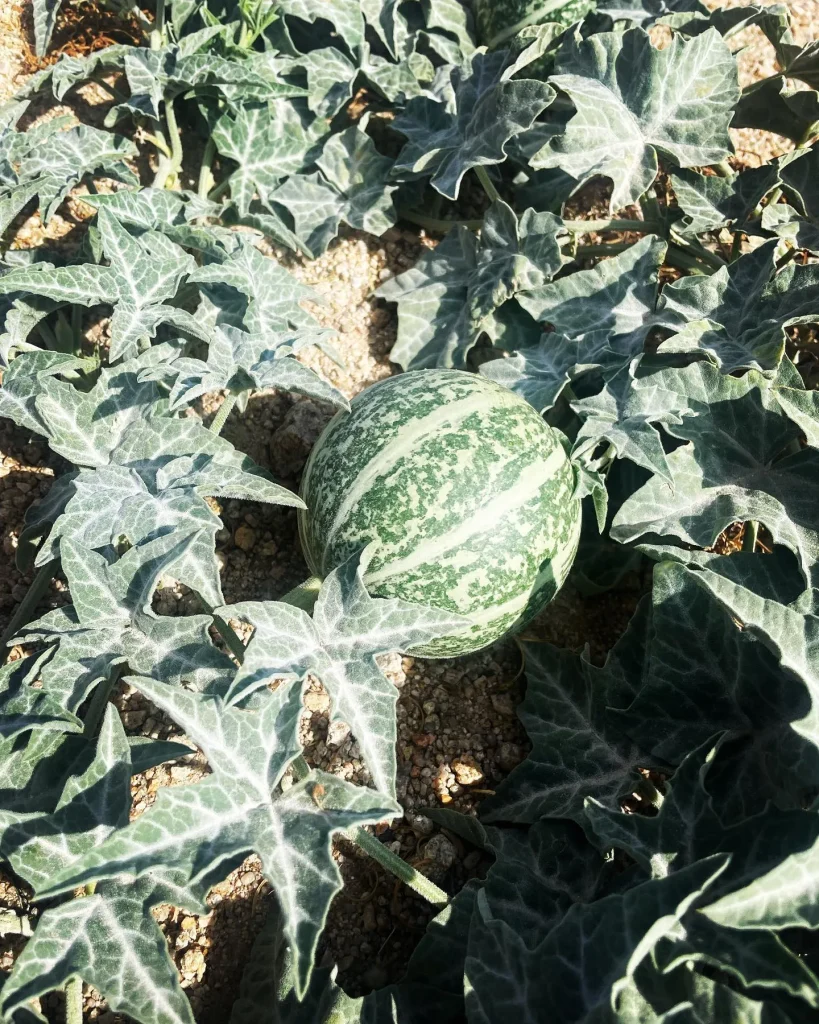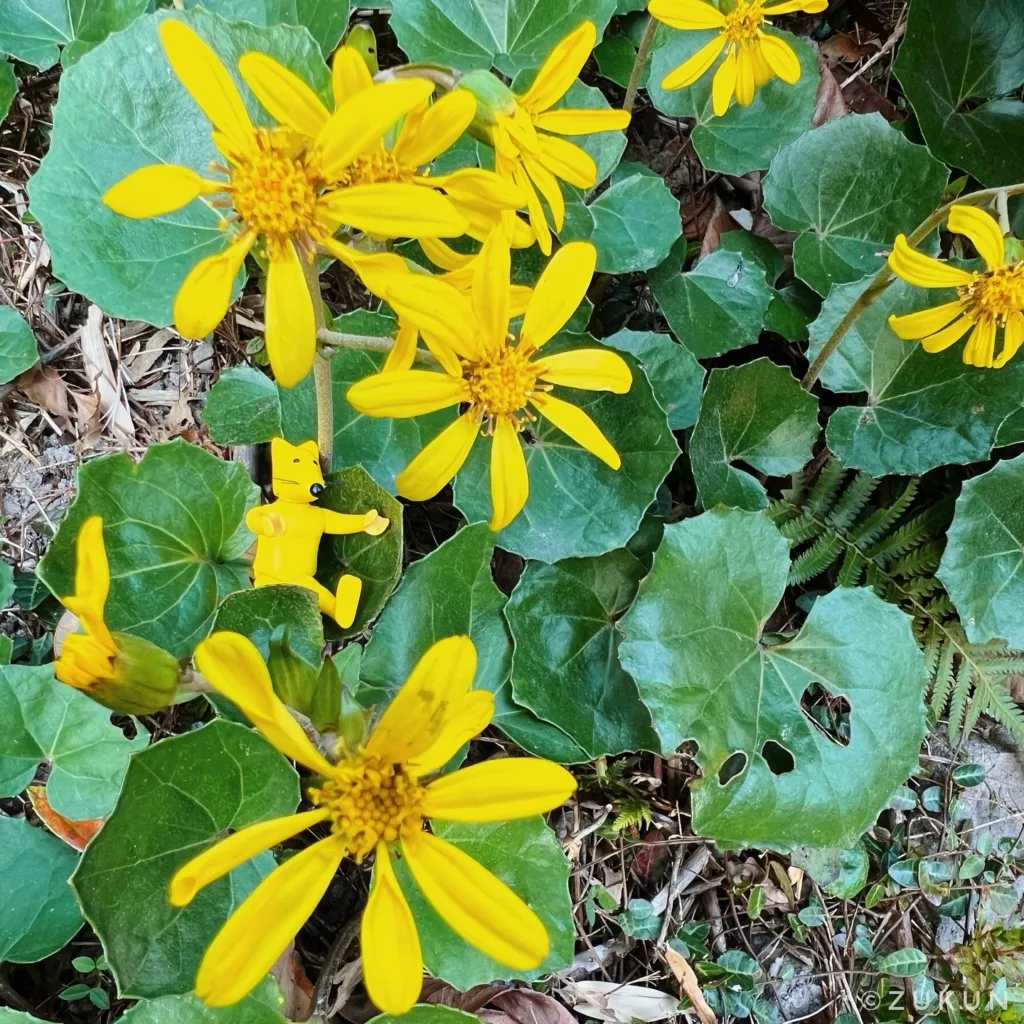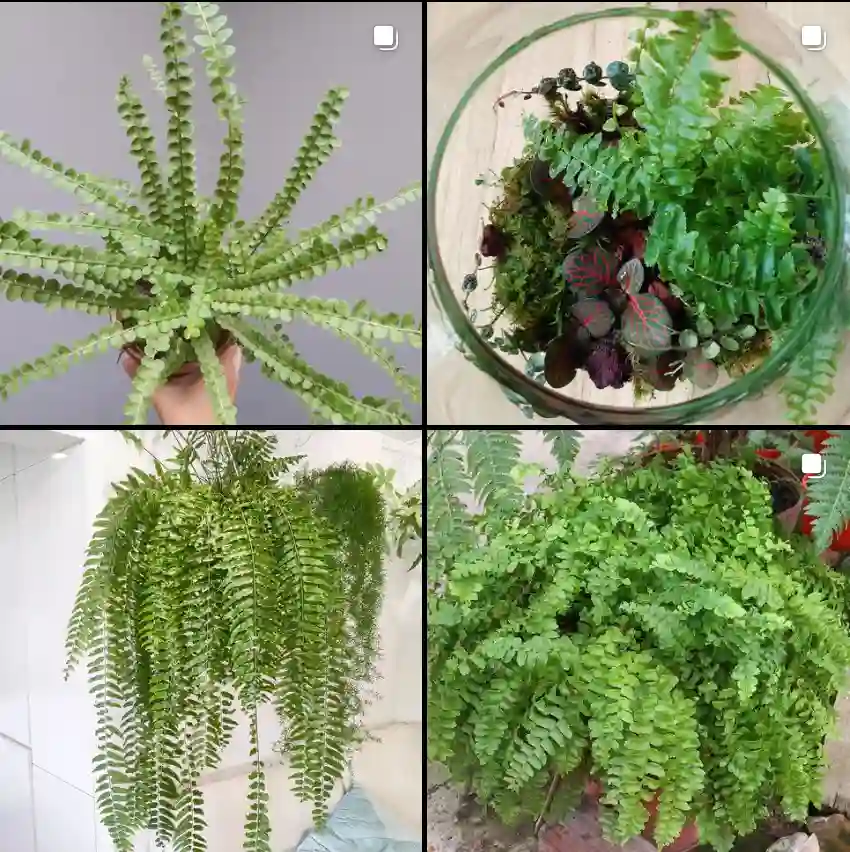What is Pellaea Andromedifolia?
Pellaea Andromedifolia, a synonym of Hemionitis Andromedifolia, commonly known as the Coffee Fern, belong to the Pteridaceae family, is a delightful fern that caught my attention with its unique, compact form and striking foliage. This fern hails from the arid regions of the southwestern United States and Mexico. Unlike many ferns that thrive in damp, shaded environments, Pellaea Andromedifolia is adapted to more challenging conditions, which makes it a versatile addition to any plant collection.
Plant Family: 30 Genera in Pteridaceae
How to Care for Pellaea Andromedifolia?
Caring for Pellaea Andromedifolia has been a rewarding experience for me. Here’s a guide based on my personal experience:
- Light Requirements: This fern prefers bright, indirect light. I’ve found that placing it near a window with filtered sunlight works best. Direct sunlight can scorch its delicate fronds, so avoid placing it in a south-facing window where it might get too much sun.
- Watering: Pellaea Andromedifolia doesn’t require frequent watering. I let the soil dry out between waterings. Overwatering can lead to root rot, so it’s essential to ensure good drainage. I use a pot with drainage holes and a well-draining soil mix.
- Humidity: While this fern can tolerate lower humidity levels compared to other ferns, it still benefits from occasional misting. I mist the plant once a week to keep the fronds lush and healthy. However, it’s not as finicky about humidity as some of its tropical cousins.
- Temperature: It thrives in average room temperatures, ideally between 60-75°F (15-24°C). Avoid exposing it to temperatures below 50°F (10°C), as it doesn’t handle cold drafts well.
How to Propagate Pellaea Andromedifolia?
Propagation of Pellaea Andromedifolia is an interesting process. I’ve had success propagating it through division. Here’s how:
- Division: When the plant becomes root-bound or too large for its pot, I divide it. Carefully remove the plant from its pot and gently separate the rhizomes, ensuring each section has a healthy root system. Re-pot the divisions into fresh soil.
- Spores: Although less common, propagating from spores is also an option. Collect spores from the underside of mature fronds and sow them on a sterile, moist growing medium. Keep the medium moist and in a warm location until the spores germinate.
What to Plant With Pellaea Andromedifolia?
Pellaea Andromedifolia pairs well with other plants that enjoy similar conditions. I’ve found it complements succulents and other drought-tolerant plants perfectly. The contrast between the fern’s delicate foliage and the bold forms of succulents adds visual interest to my plant displays. Additionally, it can be combined with smaller, low-light houseplants like snake plants or pothos for a varied indoor garden.
Benefits of Pellaea Andromedifolia
Having Pellaea Andromedifolia in my home has been a pleasure. Here are a few benefits I’ve experienced:
- Low Maintenance: Its ability to thrive with minimal attention makes it ideal for busy individuals. It doesn’t require frequent watering or high humidity, which simplifies care.
- Air Purification: Like many ferns, it helps improve indoor air quality by filtering out pollutants. I’ve noticed the air feels fresher in the room where I keep it.
- Aesthetic Appeal: Its unique, textured foliage adds an attractive element to any space. The compact size allows it to fit well in small pots or hanging baskets.
Is Pellaea Andromedifolia Toxic?
Pellaea Andromedifolia is non-toxic to pets and humans. I’ve had no issues with it being harmful to my cats or dogs. It’s a safe choice for households with curious pets or young children.
Common Problems with Pellaea Andromedifolia
While Pellaea Andromedifolia is generally resilient, it’s not without its challenges. Here are a few issues I’ve encountered:
- Leaf Drop: If the plant experiences sudden changes in light or temperature, it may drop leaves. Adjusting the care conditions usually resolves this problem.
- Brown Tips: Brown leaf tips can result from low humidity or inconsistent watering. I’ve found that regular misting and maintaining a stable watering schedule help prevent this issue.
- Pest Issues: Though rare, pests like spider mites can occasionally infest it. Regular inspection and treatment with insecticidal soap or neem oil can manage these pests effectively.
Compare with Other Ferns
When comparing Pellaea Andromedifolia with other ferns like Boston Fern (Nephrolepis exaltata) or Bird’s Nest Fern (Asplenium nidus), here’s what I’ve noticed:
- Boston Fern: Unlike Pellaea Andromedifolia, Boston Ferns require higher humidity and more frequent watering. They also have a more delicate appearance and larger fronds.
- Bird’s Nest Fern: Bird’s Nest Ferns have broader, wavy fronds and thrive in higher humidity. Pellaea Andromedifolia’s compact form and tolerance for drier conditions make it more versatile for different environments.
In summary, Pellaea Andromedifolia, or the Button Fern, is a fascinating plant that’s easy to care for and visually appealing. Its unique characteristics make it a great addition to a variety of plant collections, and its adaptability to different conditions adds to its charm.
If i die, water my plants!



